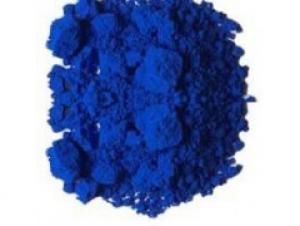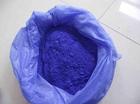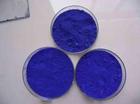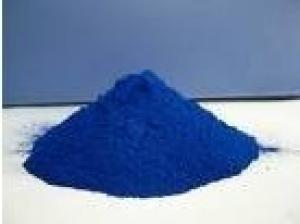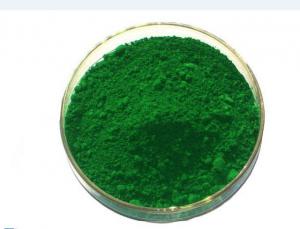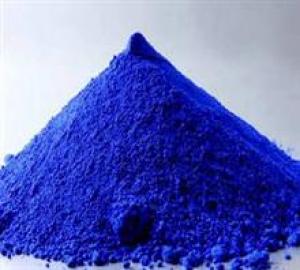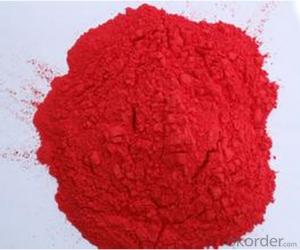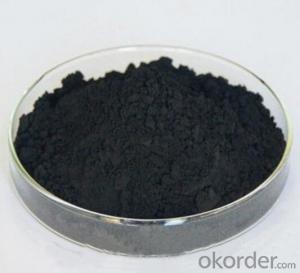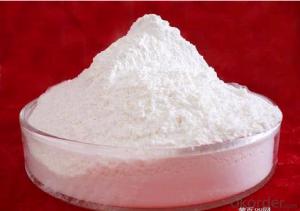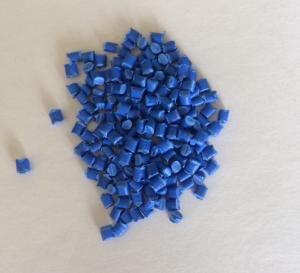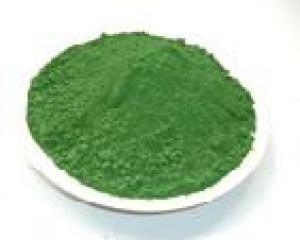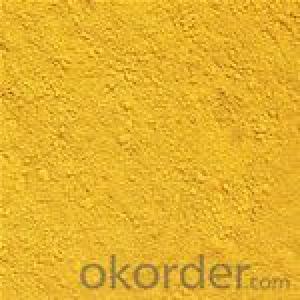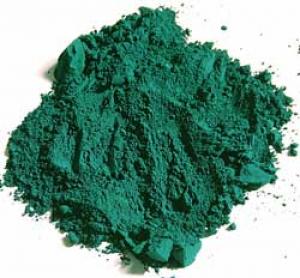Ultramarine Blue Best Quality
- Loading Port:
- Shanghai Port
- Payment Terms:
- TT or LC
- Min Order Qty:
- 1 Metric Ton m.t.
- Supply Capability:
- 8000MT Per Year m.t./month
OKorder Service Pledge
OKorder Financial Service
You Might Also Like
Products Details Of Ultramaine Blue :
Edition | 2012-07-29 | |
Product type | Blue Pigment | |
Product Form | Power | |
Chemotaxonomy | Na6Al4Si6S4O20 | |
Color Index | Color Blue 29:77007 | |
CAS No. | 57455-37-5 | |
Color Value&Tint Strength Refer Standard:DIN 55986 (1981) Use 1:2 Tio2 dilution and tinting strength parameter matching color value | ||
MIN | MAX | |
△L* | -0.7 | 0.7 |
△a* | -0.7 | 0.7 |
△b* | -0.7 | 0.7 |
△E*ab | 1.0 | |
Relative tinting strength % | 95 | 105 |
Package of Ultramaine Blue :
25 KG/ Kraft bag , 20 MT / 20 FCL .
Suggest Using of Ultramaine Blue :
Widely used in paint, ink, paper making, printing and dyeing textile, culture and education,
architecture, rubber, plastic, cosmetics, food and other industries and can be used as colorant,
brightener and color matching agent, etc.
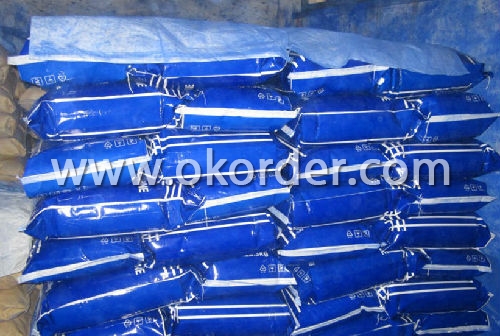
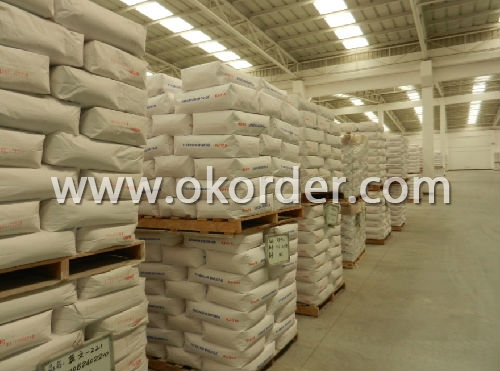
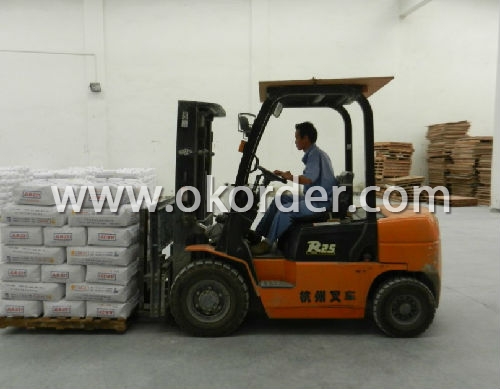
- Q: Why do plants contain so many pigments?
- Chlorophyll is the respond and here is why - this pigment provides flowers their relative eco-friendly shade because of the fact flowers undergo photosynthesis to furnish themselves with glucose for capacity. in this technique, flowers soak up photograph voltaic capacity from the sunlight. Chlorophyll has a eco-friendly pigment for the reason that's the pigment that attracts photograph voltaic capacity the main effectively. consequently offering the plant with greater photograph voltaic capacity, which would be converted into chemical or warmth capacity by way of cellular respiratory, yet that's an entire distinctive tale.
- Q: which do you think is better??? and how do you apply pigment??? my boyfriend gave me a bag full of MAC make up in which there are 2 pigment bottles... i already love their eyeshadow.. i just want people's opinion on which one is better and when to use pigment... i mean, what is the difference??? Help Please!
- Pigment is basically a loose eyeshadow. To apply: you just dip your brush in and apply like normal eyeshadow. You can use a wet eyeliner brush to apply in the crease of your eye or under your eye like eyeliner. It's good stuff, I use it often. You can use a lighter application for day- neutral tones and create some dark, dramatic makeup for going out. My personal opinion is I like the eyeshadows better, they seem to last longer when applied dry. The pigment tends to wear off faster when applied dry. I haven't tried wet yet, so that may be better. You're a lucky girl to have a boyfriend who actually buys you makeup.
- Q: Why does a plant use several pigments instead of one or two?Why are plant leaves green?
- The several other pigments that are found with chlorophyll a multi-task. They work with chlorophyll a to provide energy by absorbing light from the sun and other jobs as well. Some accessory pigments help protect the plant while collecting energy, others help regulate the photosynthetic process.
- Q: what is the relationship between chlorophyll a, accessory pigment?
- Sativa- uplifting, high, trippy, baked out of your gourd, ****** up, spacy Indica- passing out, baked, stoned, sleepy, couchlock, retarded, weird dreams
- Q: Does anyone know its chemical formula or constituents ?
- Epona's answer is extremely sturdy. in case you seem up colour institutions you will locate diverse institutions reckoning on who has written them and what structures they're drawing from. yet you'll be able to desire to continually use institutions that make experience to you. case in point - you will in all probability locate that easy blue is the colour linked with peace. yet reckoning on what form of peace you're going for you may go with a diverse colour. possibly purple if that is for peace in the kin or with acquaintances, pink if that is religious in nature, or eco-friendly if that is physique appropriate. The institutions I genuinely tend to circulate with are: pink - lust, action, means, braveness Orange - creativity, braveness, means (extra innovative form than the pink). Yellow - issues bearing on the concepts (like possibly you have have been given a attempt to earnings for) or psychological suggestion. easy eco-friendly - prosperity darkish eco-friendly - therapeutic easy Blue - peace, tranquility darkish Blue - desires, on occasion suggestion pink - issues coping with the religious White - purification and can be a stand in for extremely just about something Black - liberating negativity, banishing purple - love, friendship, kin i do no longer think there is any colour that would desire to be prevented. yet I often use a diverse affiliation than what i've got listed. And my institutions are in user-friendly terms valid for yet somebody else in the event that they make experience to them. i exploit white candles maximum many times as I continually have them handy and that they might continually be spiced up with diverse oils this is something I do very often.
- Q: How are plant pigments like teammates on a sports team? And What is the goal of their teamwork??
- Pigments in the reaction center work together to organize themselves in place, to protect the plant from injury from incidental light, and to absorb photons from the spectrum with each pigment catching its own portion of the incoming wavelengths. The accessory pigments catch and pass energy to chlorophyll a. Chlorophyll a is the specialist that plays the photon's electromagnetic energy into chemical. It splits water to release its electrons and hydrogen ions for use in the calvin cycle where glucose is manufactured. The goal is to fix energy into a usable organic form for the plant to live on.
- Q: I need to know the classes and sub classes of pigments classification
- organic pigment and inorganic pigment
- Q: pigment: its color (to our eyes) what color of light it absorbsChl a Chl bCartenoidsany right answers would bbe greatly appreicated thanks soo muchhh
- pigment: .... reflected color to eyes .. what color of light it absorbs Chl a reflects green spectra between the blue and red absorption peaks. Some is absorbed at blue 450nm but most absorbed at red 680 - 700nm. Chl b reflects green spectra between the blue and red absorption peaks with a difference in which peak is stronger. Most is absorbed at blue 470 but also some at blue 430 and red 640 nm. Cartenoids reflect yellow, orange, or red and absorbs blue to blue-green light spectra. Xanthophyll absorbs well at 400-530 nm. Xanthophylls are a common sub class of the carotenoid pigment group. Beta-carotene absorbs most strongly between 400-500 nm.
- Q: We see pigments everywhere in products. They make a variety of things we see today. Where does it come from? Do they actually take a red rose pedal, grind the color and designate it as the color red?
- Yes, cheaper brands use actual dye. Like, literally dye, as in the stuff you can dye clothing with.
- Q: In photosynthesis whats the difference between primary and accesory pigments?
- I think the primary pigment is/are the pigment(s) that lose the powered-up electrons. In plants this is typically chlorophyll a. The accessory pigments pass energy along to the photosystems, but (I think) do not themselves lose electrons.
1. Manufacturer Overview
| Location | Hunan, China |
| Year Established | 1998 |
| Annual Output Value | Above US$ 30 Million |
| Main Markets | 20.00% North America 15.00% South America 15.00% Eastern Europe 10.00% Southeast Asia 10.00% Northern Europe 10.00% South Asia 10.00% Western Europe 5.00% Africa 5.00% Mid East |
| Company Certifications | ISO9001:2000; |
2. Manufacturer Certificates
| a) Certification Name | |
| Range | |
| Reference | |
| Validity Period |
3. Manufacturer Capability
| a) Trade Capacity | |
| Nearest Port | Shanghai Port |
| Export Percentage | 41% - 50% |
| No.of Employees in Trade Department | 6-10 People |
| Language Spoken: | English; Chinese; |
| b) Factory Information | |
| Factory Size: | Above 10,000 square meters |
| No. of Production Lines | Above 10 |
| Contract Manufacturing | Design Service Offered; Buyer Label Offered |
| Product Price Range | High; Average |
Send your message to us
Ultramarine Blue Best Quality
- Loading Port:
- Shanghai Port
- Payment Terms:
- TT or LC
- Min Order Qty:
- 1 Metric Ton m.t.
- Supply Capability:
- 8000MT Per Year m.t./month
OKorder Service Pledge
OKorder Financial Service
Similar products
Hot products
Hot Searches
Related keywords
